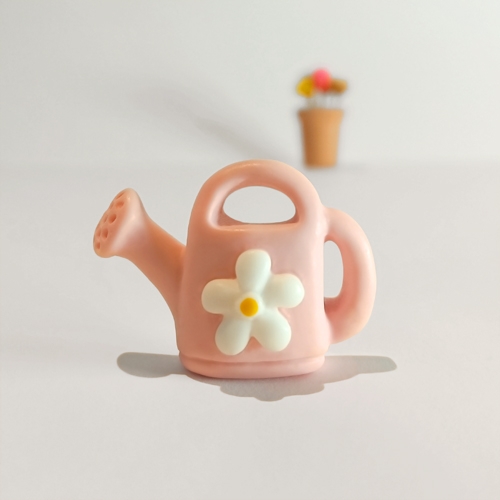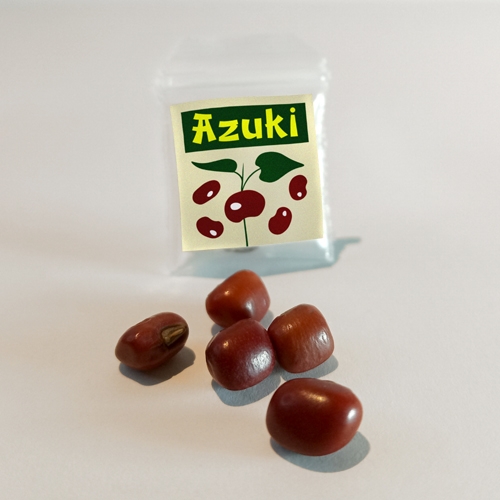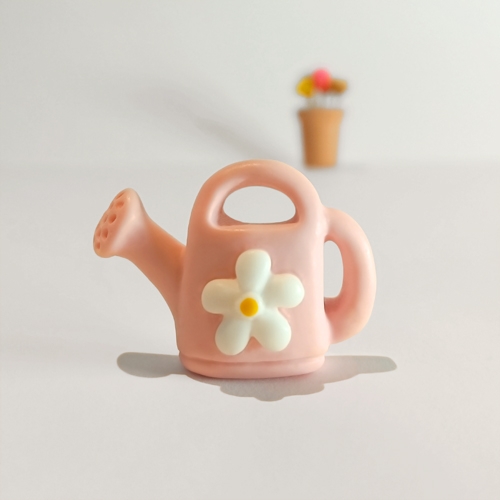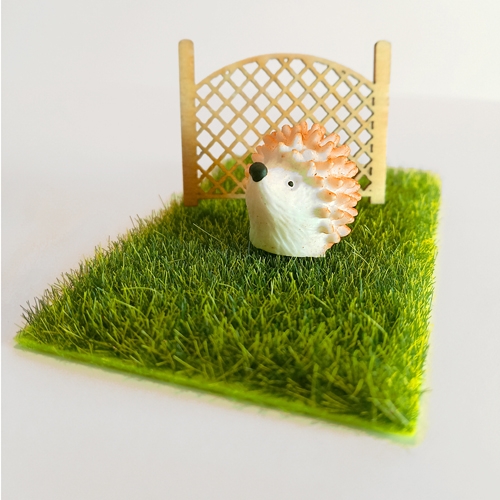
The watering can
The chantepleure, the medieval ancestor of the watering can, was an earthenware vessel shaped like a butternut squash, with a flat bottom pierced with small holes to let water fall like rain over plants. In 1886, the British inventor John Haws was awarded a patent for creating a watering can with a handle and a spout — a design very similar to the one we use today. In Tokyo’s Sumida district, the company Negishi Industry handcrafts copper watering cans with very long spouts, specially designed for bonsai trees and renowned worldwide.


